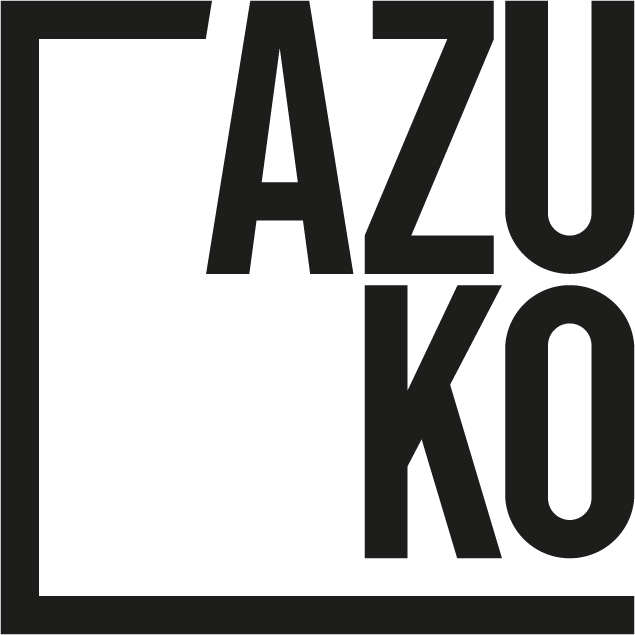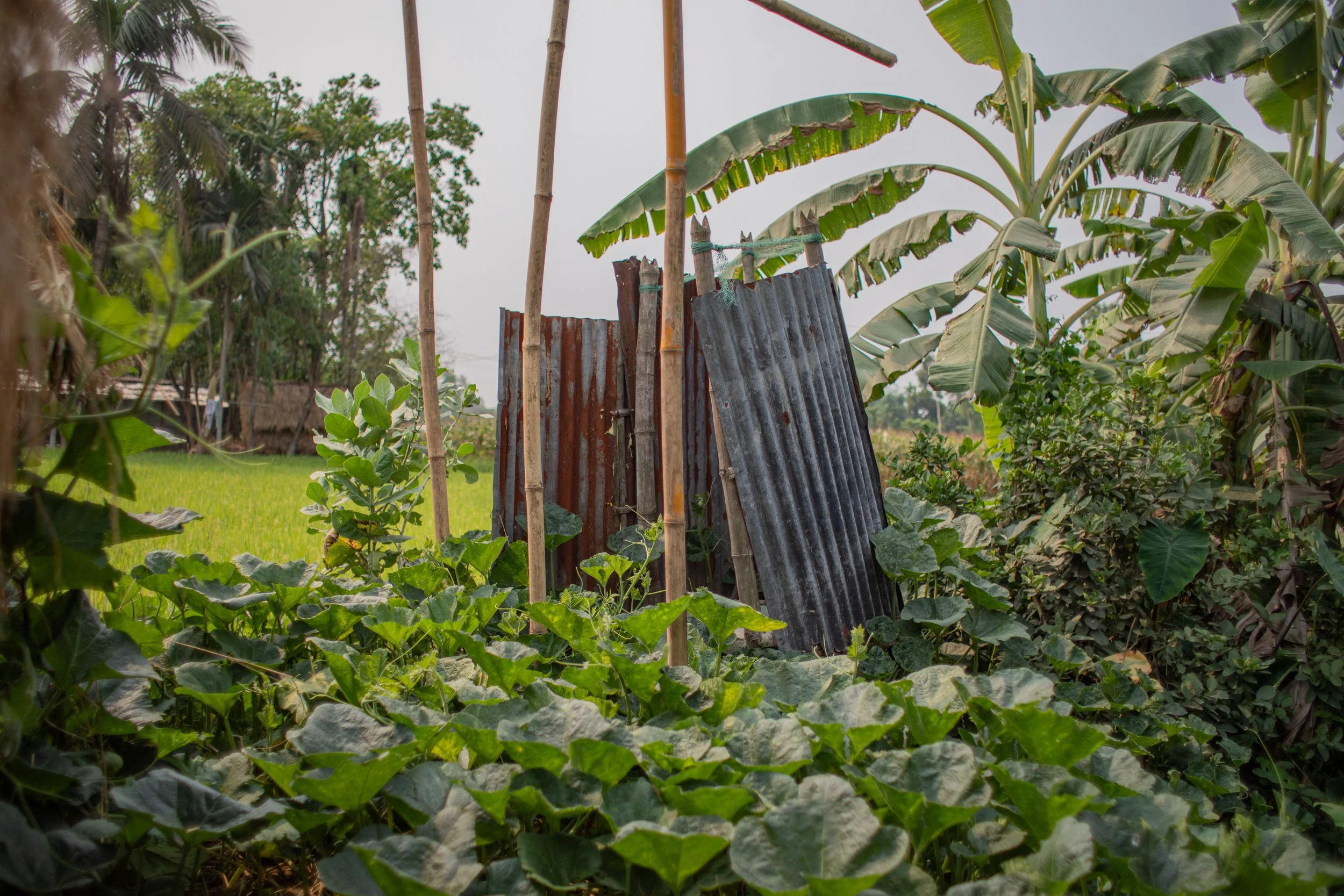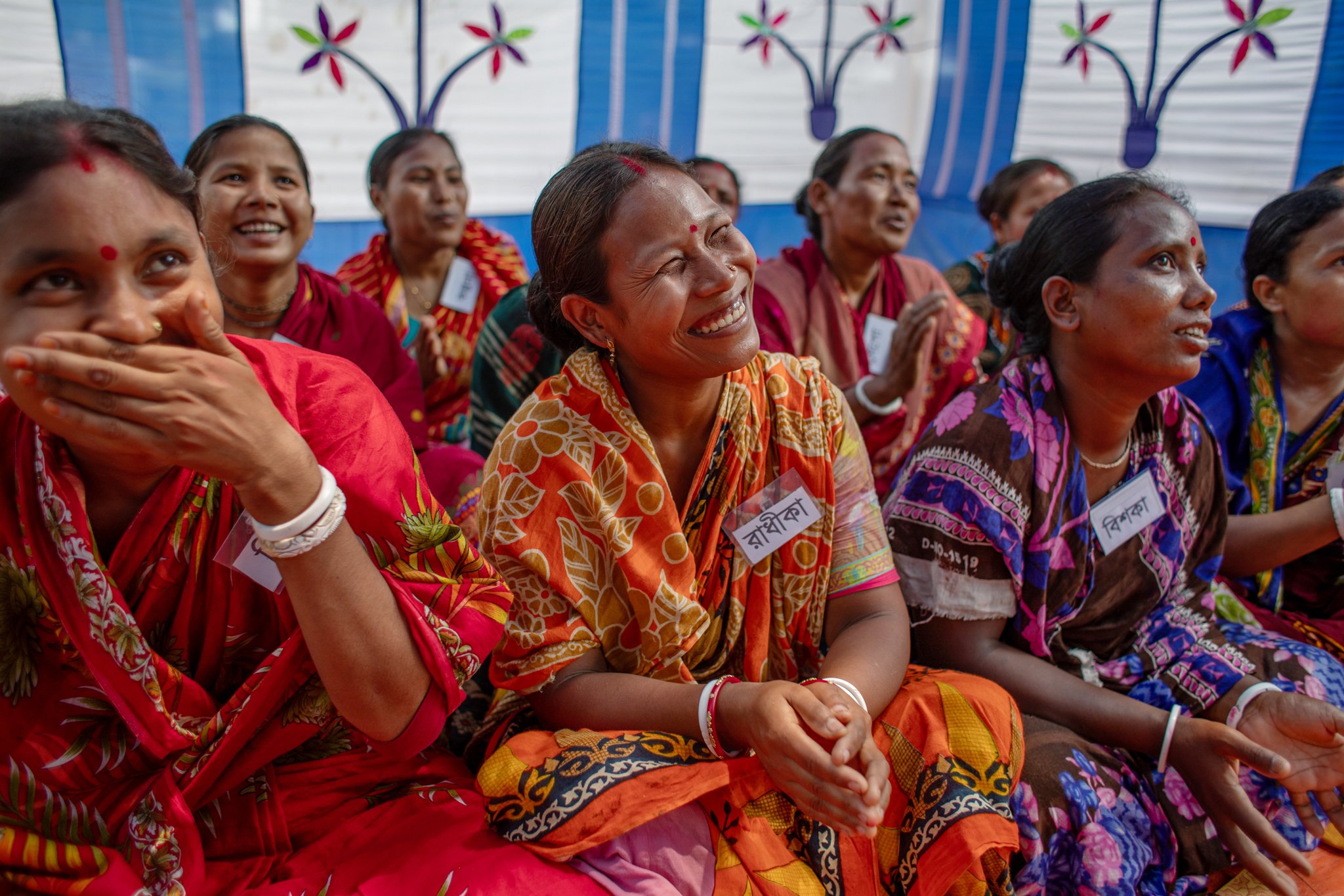This year, AzuKo has been fortunate to secure three places in the Virtual London Marathon. With one month to go until race day we caught up with two of our runners, Proloy and Ovi, who will be taking part in Dinajpur, northwest Bangladesh. Here’s what they had to say.
Although there are no views of the famous London landmarks and no cheering crowds, the Virtual London Marathon has enabled people from across the globe to take part, making it more inclusive for runners worldwide. Proloy and Ovi both live in Dinajpur and, as long-time volunteers for AzuKo, they were looking to increase their support. What better way than running 26.2 miles (42.2km)!
What is it that motivated you to take part in the Virtual London Marathon?
Ovi: When I work with AzuKo I feel like we’re doing something for people, and we’re capturing the moment. AzuKo is helping the poorest people... and we’re a part of that. Recently we’ve been helping to distribute hygiene packs to families in need during this pandemic.
Proloy: I don’t have much money to help them. So, what can I do for them? By running the Virtual London Marathon I can raise awareness and vital funds. And it also helps me to maintain my health, my mental health, my physical health. Actually, it helps me more than them!
As sporting enthusiasts and avid explorers, having both completed an epic journey cycling around Bangladesh in just 14 days and taken part in the Dhaka Half Marathon, we were keen to hear what it is that they love about exercise.
What do you enjoy about cycling and running?
Proloy: It's all about the environment. When we move we experience new landscapes, buildings and communities. Whenever I’m cycling, I try to enjoy the journey. That helps to keep me pedalling… I could cycle all day long, 24 hours, I’m ready for it.
Ovi: We have a circle – me, Proloy and our friend. Whenever we get some time, we encourage each other, “let's go cycling in that area where we’ve never been before”. Why would I sit at home and do nothing, better to move around and start an adventure.
With sports such as running rare in Bangladesh, and extreme weather conditions to compete with, we wanted to know how their training was coming along.
How are you preparing for the virtual London marathon? What does your training look like?
Ovi: Right now in Bangladesh summer days are hot and humid, we’re very much struggling with it. Some days the monsoon rains fall all morning and afternoon. So, it’s very difficult to continue the training on those days.
Proloy: We try to exercise and do some activities to move our body. When we find time to run or walk it's usually early in the morning or late evening. A marathon is a huge distance. I question sometimes, “can I complete 42 km?” But I’m determined to do it for this great cause.
Ovi: People don't run that much in Bangladesh, it's not common. When we put on our jersey and our shoes everyone always asks us why we’re running. Sometimes we are open and tell them about AzuKo and the charity’s work to improve living conditions. I have opened a messenger group in our university campus (Hajee Danesh) where my friends are all invited. Whenever I get a link from AzuKo and the London Marathon organisers, I share it so they can participate as well.
And finally, we had just one last and very important question for them both.
How are you going to celebrate when you finish the marathon?
Proloy: After finishing, a deep sleep at the finish line! No more talking, no party, just sleep. Then after one day, I think, oh, okay, I have done my job lets party!
Ovi: I’ll just jump into the river!












